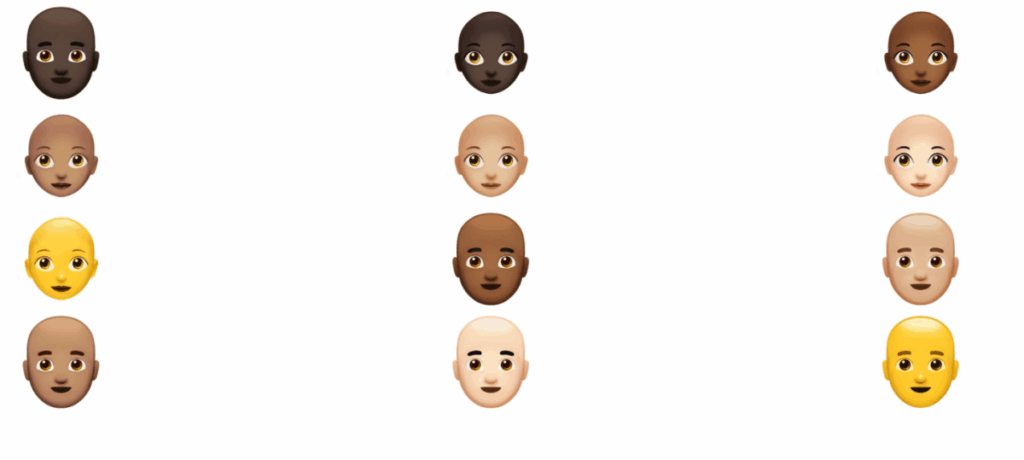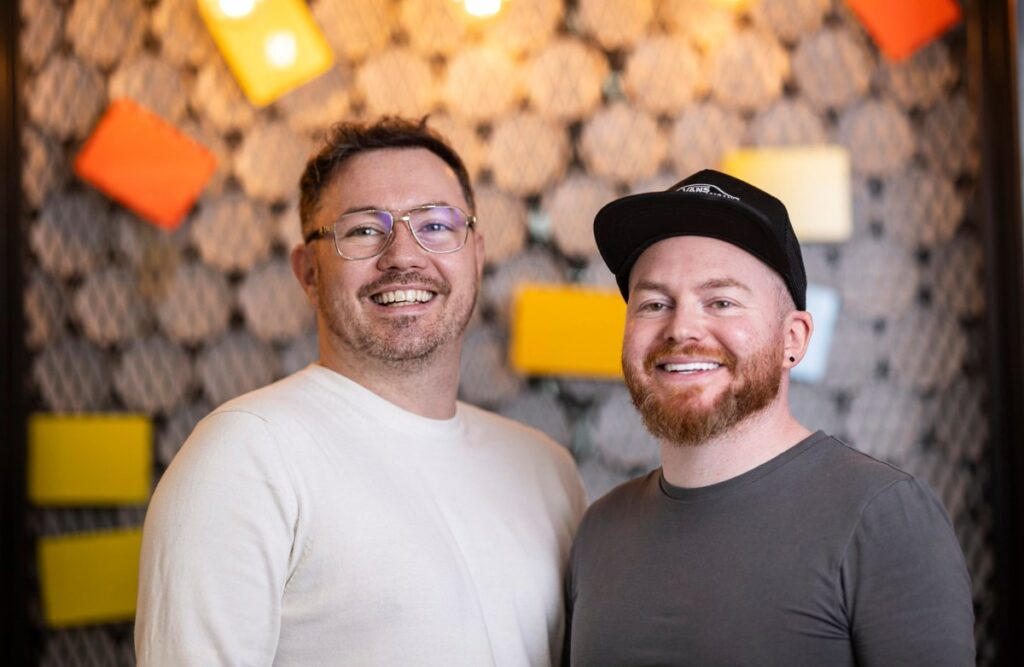For Cyriac Lefort, the idea for his new startup, MyHair AI, came two years ago. The French native was sitting in a hair salon in New York getting a routine haircut when his hairdresser looked at him and said, “You’re starting to lose a bit of hair,” Lefort, who is 32, recalls being told.
“He didn’t say that to my friend sitting next to me, just to me,” Lefort continued. “In my mind, I wasn’t balding, and I still don’t think I am. But when someone tells you you’re losing your hair, you buy whatever they suggest.”
So, he bought the shampoo the hairdresser suggested and left thinking that anyone could sell a man anything by telling him that he’s losing his hair. “Hair loss is such an emotional topic for men and women,” he said.
That interaction sent him down a rabbit hole where he discovered how confusing the hair loss industry is, with so much misinformation and clinics with unverified reviews. (He later went to a hair doctor who told him he was, in fact, not balding.)
Lefort wanted to create a product that, using AI, would help men diagnose hair loss.
Lefort is a serial entrepreneur, having exited one company and currently running two others with Tilen Babnik, who is 28. The duo decided to team up and build a third company: MyHair AI. They vibe coded the product in just a few weeks. It works like this: Users take photos of their heads and upload them to the MyHair app. The AI technology analyzes those photos to measure hair density and detect early signs of hair loss.
Over time, as a user uploads more photos, the AI tracks the evolution of their hair loss, letting people build personalized hair loss-protection routines. Users can also find specialists or discover clinics through the platform and read verified reviews so they do not get scammed.
Techcrunch event
San Francisco
|
October 13-15, 2026
“Our AI tells you what’s really happening with your hair, matches you with products that actually make sense for your hair type, and explains the science behind them, including possible side effects,” Lefort said. “By bringing transparency and medical accuracy to this $50 billion market, we believe we can completely reorganize how people understand, treat, and shop for hair health.”
It took around a year of ideation, a few weeks of vibe coding on Cursor, a few months of scientific and clinical validation, and a few more weeks of building a consumer app for the duo to be ready to launch MyHair.AI. The company launched this summer.
“We didn’t hire anyone for the initial prototype; it was fully vibe coded,” he said, adding that now that the product has grown, their engineers handle the code to ensure it’s solid and scalable. MyHair AI is one of the many examples of how fast startups can build these days with the rise of vibe-coding prototypes.
Lefort said the product already has more than 1,000 paying subscribers and 200,000 user accounts. The app has analyzed more than 300,000 scalp photos and has partnerships letting specialists and clinics have access to MyHair AI so they can evaluate their own patients faster. On Wednesday, the company announced that Dr. Tess, a renowned dermatologist, is joining the company’s board.
Others in the market notably include Hims. Lefort said MyHair is different than others because the product is one of the few that’s built a dedicated AI model, trained on more than 300,000 hair images, to diagnose baldness — rather than using a more generic LLM to do so.
Lefort said the company is now focused on expansion. It wants to build a booking platform and partner with more clinics. He’s hoping to build AI that works in the “real world.”
“Men worry about two things in their health, sexual dysfunction and hair loss,” Lefort said. “We address one of the biggest day-to-day concerns.”


